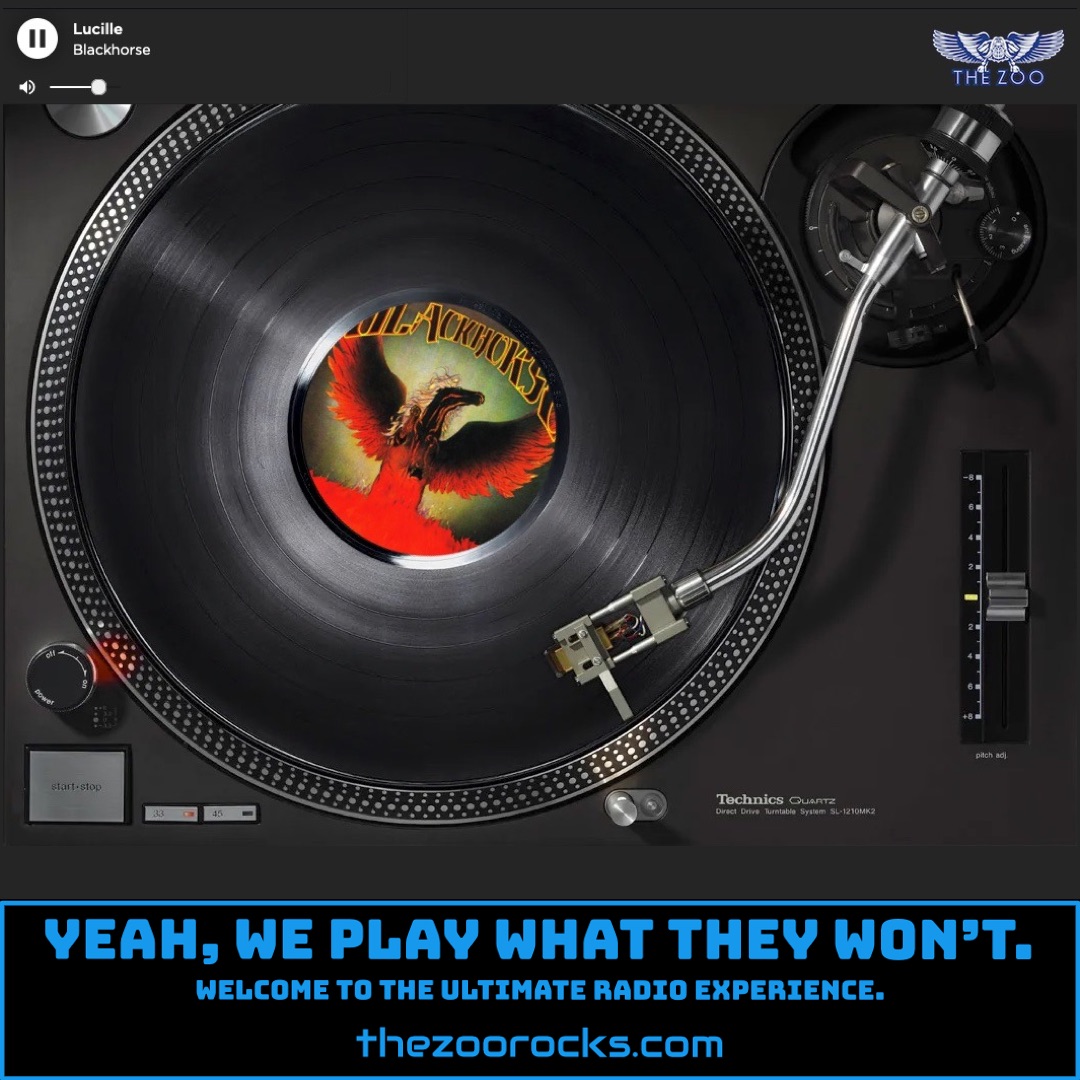Cygnus X-1 Book II: Hemispheres
Rush
"Cygnus X-1 Book II: Hemispheres" by Rush is an 18-minute progressive rock epic from their 1978 album Hemispheres, a cornerstone of the genre known for its complex compositions and philosophical depth. The song continues the story begun in "Cygnus X-1 Book I: The Voyage" from A Farewell to Kings, where a space traveler aboard the spaceship Rocinante ventures into a black hole, only to emerge in Book II as a disembodied spirit witnessing a mythic battle between Apollo, the god of reason, and Dionysus, the god of love. In a 1978 interview with Circus Magazine, drummer and lyricist Neil Peart explained that the song explores the duality of human nature, inspired by his reading of Nietzsche and the Apollonian-Dionysian dichotomy, aiming to convey how balance between logic and emotion creates a harmonious society. The track’s intricate structure, with six distinct sections—Prelude, Apollo: Bringer of Wisdom, Dionysus: Bringer of Love, Armageddon: The Battle of Heart and Mind, Cygnus: Bringer of Balance, and The Sphere: A Kind of Dream—reflects Rush’s ambition to push musical boundaries, blending shifting time signatures and Geddy Lee’s soaring vocals, including his highest recorded note (B♭5).
A notable piece of trivia comes from a 2011 PopMatters article, which highlighted the song’s cultural significance during the peak of progressive rock, noting its resonance with audiences grappling with societal changes in the late 1970s. Fans on the Rush Vault fan site have shared stories of how the song’s narrative of balance inspired personal reflection, with one fan recalling in a 2018 post on the Rush Fans Facebook group how the lyrics helped them navigate a career shift by embracing both logic and passion. The song was also adapted into a rare 1979 UK-only Marvel comic, "Apocalypse," as noted on Cygnus-X1.net, showcasing its influence beyond music. On X, fans frequently post about the song’s live performances, particularly the 1980 London show, praising Alex Lifeson’s emotive guitar work and the band’s ability to recreate the complex piece on stage, as captured in a YouTube clip with over 797,000 views.
Rush, formed in Toronto, Canada, in 1968, began as a high school project led by bassist/vocalist Geddy Lee and guitarist Alex Lifeson, with drummer John Rutsey. Initially playing covers of Cream and Led Zeppelin in local bars, they honed their skills in Toronto’s music scene, as detailed in their biography on Rush.com. Their self-titled debut album in 1974, released after forming their own label, Moon Records, gained traction with the song “Working Man,” which resonated with blue-collar listeners and caught the attention of Mercury Records. Rutsey’s departure due to health issues led to Neil Peart joining in 1974, bringing his intricate drumming and philosophical lyrics that defined Rush’s progressive sound, starting with Fly by Night in 1975. Peart’s arrival marked a shift toward conceptual works like "Cygnus X-1," cementing their reputation for blending technical prowess with storytelling.
Rush’s official social media presence includes their Facebook page, where they share tour throwbacks and fan tributes, and their Instagram, featuring archival photos and album anniversaries. On X, the band engages with fans through posts about their legacy, including tributes to Peart, who passed in 2020. Fan communities thrive online, with Cygnus-X1.net offering detailed discographies, lyrics, and rare media like the Hemispheres comic. The Rush Fans Facebook group, with thousands of members, is a hub for discussions about songs like “Hemispheres” and sharing concert memories. Another fan site, Rush Vault, provides in-depth commentary on the band’s catalog, including the "Cygnus X-1" series, fostering a vibrant community for Zoo Freaks spinning this epic track.

